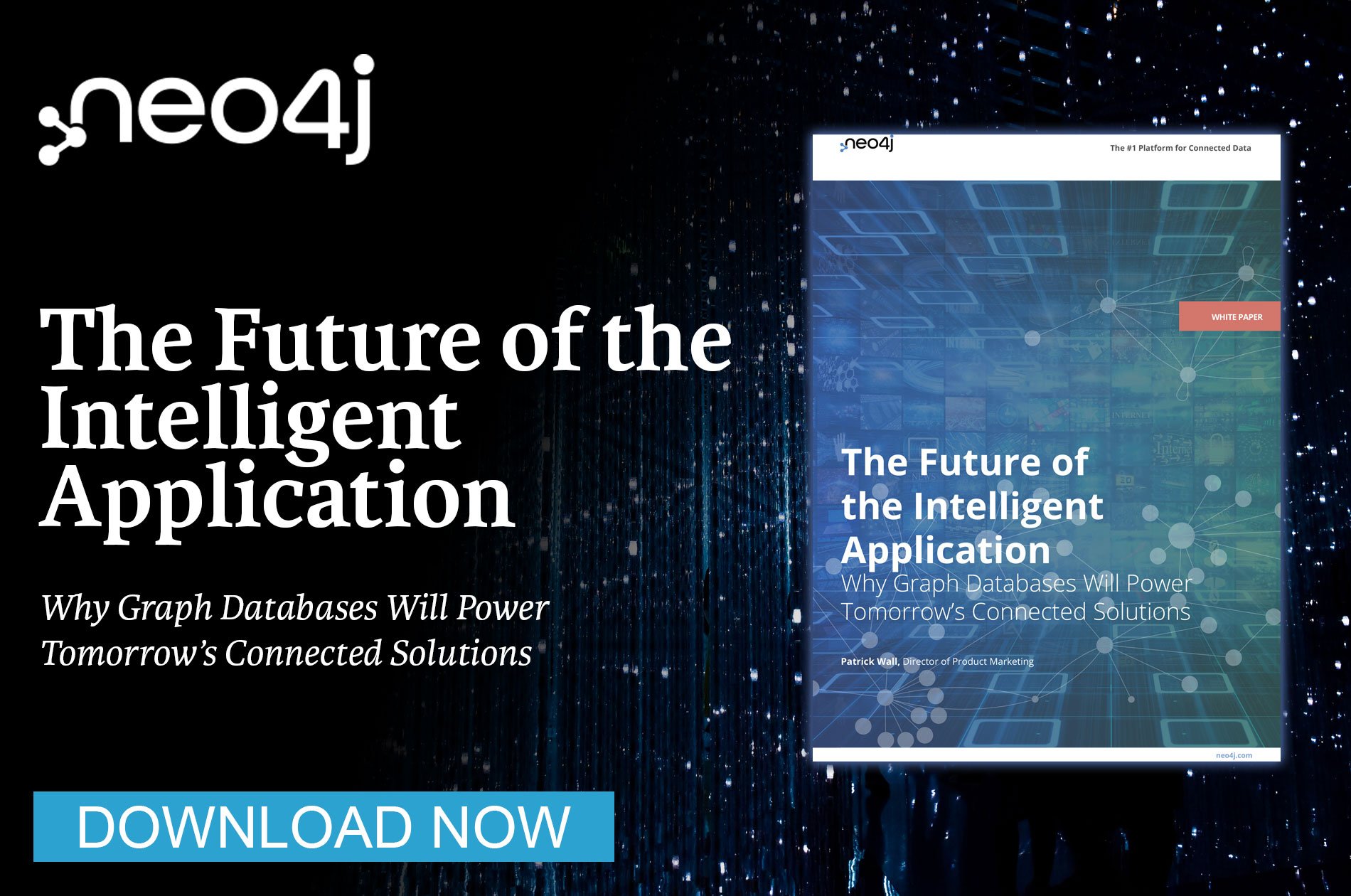The Future of the Intelligent Application

“By 2025, graph technologies will be used in 80% of data and analytics innovations, up from 10% in 2021…”
–Gartner, Jim Hare et al., Understanding When Graph Analytics Are Best for Your Business Use Case, 10 Apr 2022.
At the heart of every Enterprise challenge is an explosion of data complexity. Couple this with the critical need to extract meaningful insights, and the challenge can soon turn into a nightmare.
For most organisations, how data connects and relates between data points is often more valuable than the individual data points themselves, and this is where the power of Graph Technology (both database and analytics) really comes to the fore.
Graph Technology assists organisations to make sense of complex data sets, and allows them to swiftly grasp its structure and content. More importantly, they can observe patterns and trends that may not have been obvious from the raw data.
Organisations can also obtain context that allows them to more deeply refine the pieces of information they are collecting, or for example the recommendations they are producing. The more understanding organisations have of the connectedness of the relationships between data, the better and more refined their system is downstream.
In addition to refining the output of organisations’ recommendation engines, IT organisations can proactively mitigate network issues that would otherwise cause an outage, and the anti-fraud team can put an end to potentially malicious activity before it results in a substantial loss.
Connected data also helps organisations see when and how relationships change over time, and is most powerful when it provides operational, real-time insights allowing business users and applications to make business decisions at the speed of business.
With all the data available today, no organisation should be thirsty for business insights!
Access this white paper to find out more:



/BoIS_DeepaBradleyP.jpg?width=352&name=BoIS_DeepaBradleyP.jpg)
.png?width=352&name=Podcast%20Article%20Featured%20Image%20for%20web%20(24).png)